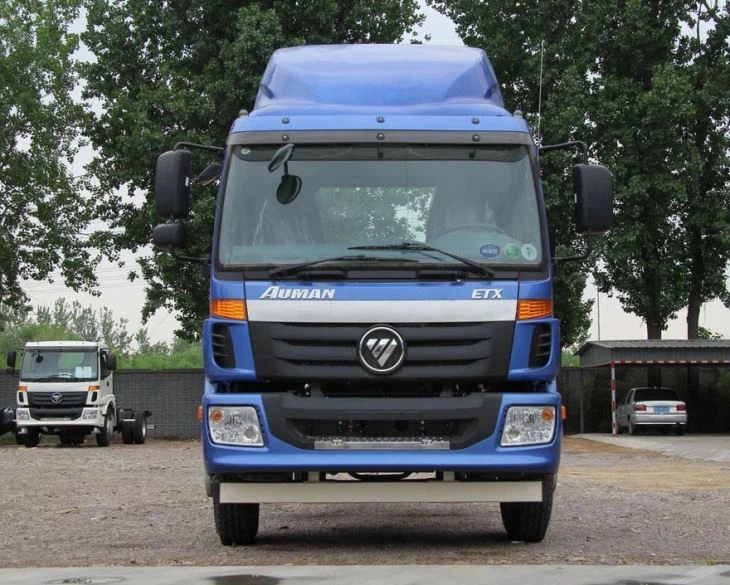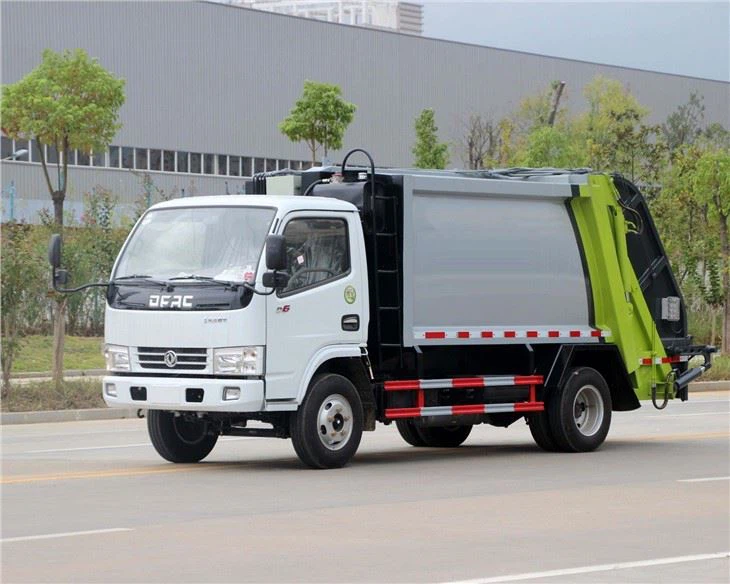Lorry Fuel Tank: Essential Guide to Understanding, Choosing, and Maintaining Fuel Tanks

Introduction
The lorry fuel tank is a critical component of commercial transportation, responsible for storing the fuel necessary for transporting goods across vast distances. Fuel tanks come in various shapes, sizes, and materials, all designed to meet different operational needs and safety regulations. This comprehensive guide will explore the various types of lorry fuel tanks, how to choose the right one for your needs, best practices for maintenance, and much more. Whether you’re a fleet manager, driver, or logistics coordinator, understanding the intricacies of lorry fuel tanks can lead to better performance and cost efficiency.
Understanding Lorry Fuel Tanks
What is a Lorry Fuel Tank?
A lorry fuel tank is a storage container designed specifically to hold fuel for diesel or petrol-powered vehicles. Typically made of steel or plastic, these tanks come in various capacities and configurations to accommodate different lorry models and transportation needs.
Types of Fuel Tanks
Fuel tanks can be classified based on their shape, material, and intended use. Here are some common types:
- Standard Fuel Tanks: These are rectangular tanks mounted beneath the chassis of the lorry.
- Auxiliary Fuel Tanks: Additional tanks that increase fuel capacity for long-haul trucks.
- Fuel Bladders: Flexible, lightweight tanks that can be installed in various locations on the lorry.
- Pressure Tanks: Tanks that can store fuel under pressure to prevent vapors from escaping.
Fuel Tank Capacity
The fuel capacity of a lorry tank can range from 50 liters to over 1,500 liters, depending on the vehicle’s size and the distance it travels. Larger capacity tanks are used for long-haul trucks, while smaller tanks might be used for delivery vehicles operating in urban environments.
Choosing the Right Lorry Fuel Tank

Factors to Consider
When selecting a lorry fuel tank, consider the following:
1. Type of Fuel
Determine whether the lorry will run on petrol or diesel, as tanks are often specifically designed for one type.
2. Tank Material
Choose between plastic, aluminum, or steel tanks. Steel is robust but heavy, while plastic is lighter and rust-proof but may not withstand high impacts.
3. Capacity Needs
Analyze your typical routes to determine how much fuel you need—this affects your fuel tank size.
4. Compatibility

Ensure that the tank is compatible with your lorry’s make and model. Consult the manufacturer’s guidelines for specifications.
5. Safety Features
Look for tanks with safety features such as rollover protection, anti-siphoning measures, and fuel level indicators.
Example of a Fuel Tank Selection Process
For instance, a logistics company managing long-haul deliveries may choose a high-capacity diesel tank that is made of high-density polyethylene for better weight management and safety. This choice allows for longer trips without frequent refueling.
Installation of Lorry Fuel Tanks
Professional vs. DIY Installation
Installing a fuel tank requires precision and safety precautions. While some may opt for DIY installation, hiring a professional is recommended to ensure compliance with safety regulations and operational efficiency.
Key Installation Steps
- Select Suitable Location: Choose a location on the chassis that optimizes space and balance.
- Secure the Tank: Use appropriate brackets and mounts to secure the tank in place.
- Connect Fuel Lines: Ensure all lines are connected correctly to prevent leaks.
- Test for Leaks: Conduct a thorough testing process before use.
Maintenance of Lorry Fuel Tanks
Regular Inspection
Regular checks are essential to ensure the integrity and efficiency of the fuel tank. Inspections should include:
- Checking for dents and corrosion
- Inspecting fuel lines and connections
- Testing the security of mounting hardware
Cleaning the Fuel Tank
Debris and sediments can accumulate in the tank over time. A thorough cleaning can enhance fuel efficiency and prevent engine problems. Follow these steps:
- Drain the fuel from the tank.
- Use a cleaning solution suitable for the tank material.
- Rinse thoroughly and dry before refilling.
Preventing Fuel Contamination
Fuel contamination can adversely affect engine performance. Here are some tips to avoid it:
- Store fuel in approved containers.
- Seal tanks when not in use.
- Regularly replace fuel filters.
Fuel Economy and Efficiency
Impact of Fuel Tank Size on Fuel Economy
A larger fuel tank doesn’t necessarily mean better fuel economy, but it allows for longer distances between refueling. Knowing how to optimize load and fuel usage can make a meaningful difference.
Fuel Management Techniques
Implementing efficient fuel management techniques can lead to significant savings:
- Conduct regular training for drivers on fuel-efficient driving practices.
- Utilize fleet management software to track fuel consumption.
- Implement route optimization to minimize fuel use.
Legal Regulations and Compliance
Understanding Fuel Tank Regulations
Different regions have specific laws governing the transportation of fuel. It’s essential to be aware of:
- Safety standards for fuel containment
- Emergency spill response requirements
- Fuel tracking and reporting obligations
Documentation Required
Proper documentation is essential to comply with legal regulations, including:
- Proof of tank approval
- Fuel transport permits
- Security measures documentation
Technological Advances in Fuel Tank Design
Smart Fuel Tanks
Technological advancements have led to the development of smart fuel tanks that incorporate:
- Fuel Level Sensors: Monitor and report fuel levels in real-time.
- Leak Detection Systems: Alert operators of potential leaks immediately.
- Data Integration: Integration with fleet management systems for better tracking.
Eco-Friendly Options
With increasing environmental concerns, eco-friendly fuel tanks designed to minimize emissions and promote sustainable practices are gaining popularity. These options often include:
- Recycled materials
- Advanced insulation to reduce evaporation
Cost Considerations
Initial vs. Long-Term Costs

While the initial cost of a high-quality lorry fuel tank may be higher, it often leads to cost savings in fuel efficiency and maintenance over time.
Budgeting for Fuel Tank Expenses
When budgeting for fuel tank expenses, consider:
- Purchase costs
- Installation fees
- Regular maintenance costs
FAQ
1. What is the average lifespan of a lorry fuel tank?
The average lifespan of a lorry fuel tank can range from 15 to 20 years, depending on usage and maintenance practices.
2. How can I tell if my fuel tank needs to be replaced?
Signs that your fuel tank may need replacement include visible corrosion, dents, leaks, or frequent fuel system issues.
3. Are there regulations on how much fuel can be transported?
Yes, regulations vary by region, often limiting the maximum amount of fuel transported and requiring proper documentation and safety measures.
4. Can I switch from a plastic tank to a steel tank?
Yes, but you must ensure that the new tank is compatible with your lorry and that all safety regulations are followed.
5. How often should I clean my fuel tank?
It is advisable to clean your fuel tank at least once a year or more frequently if you notice any contamination issues.
6. What factors affect the fuel economy of a lorry?
Factors affecting fuel economy include the weight of the load, driving habits, route optimization, and the efficiency of the engine and fuel tank system.
